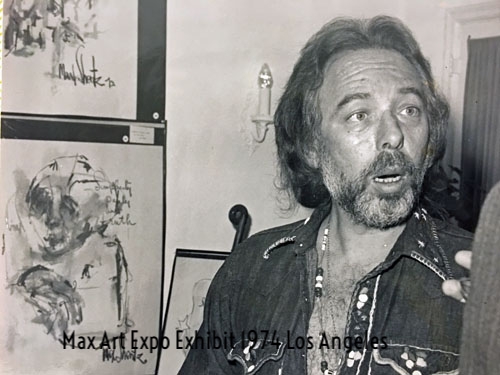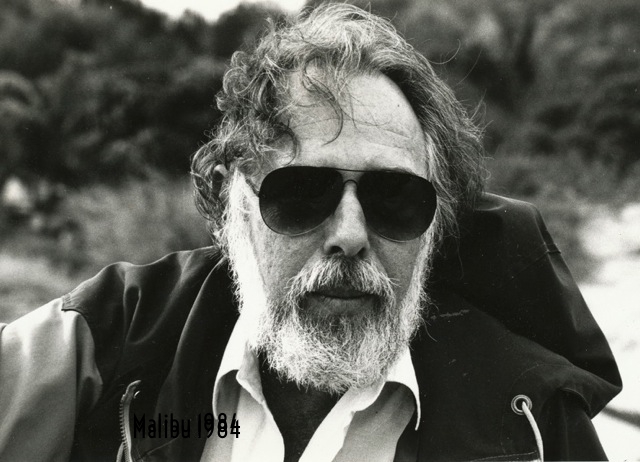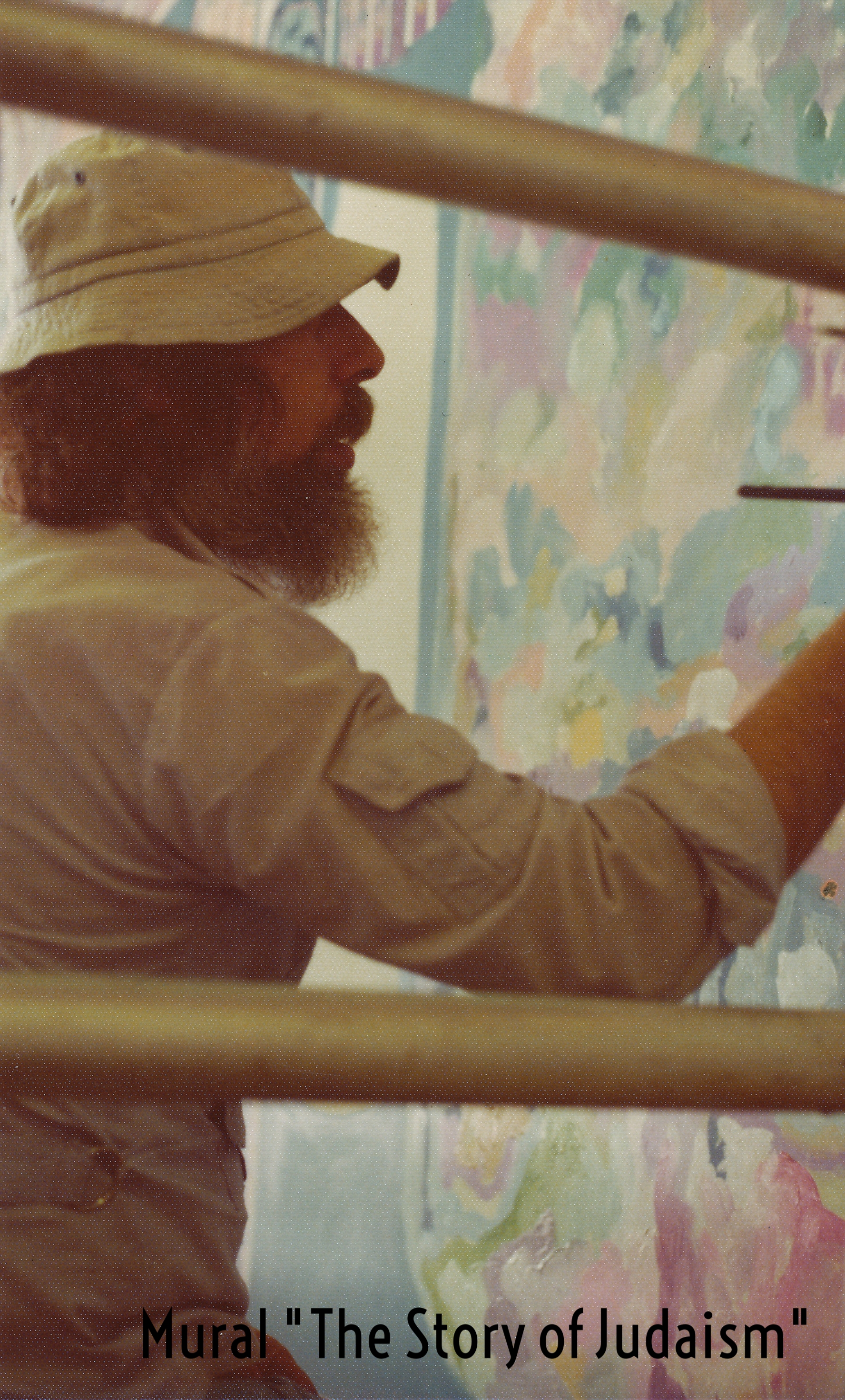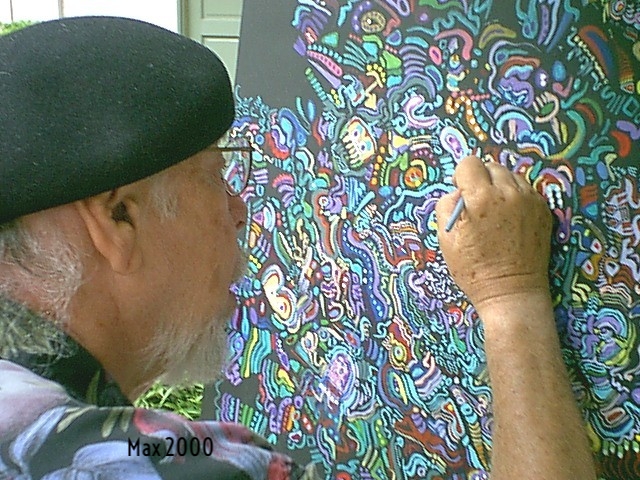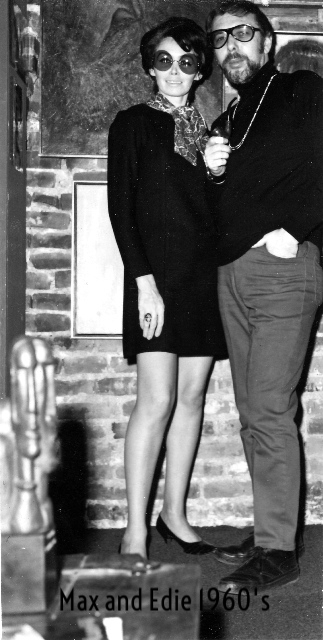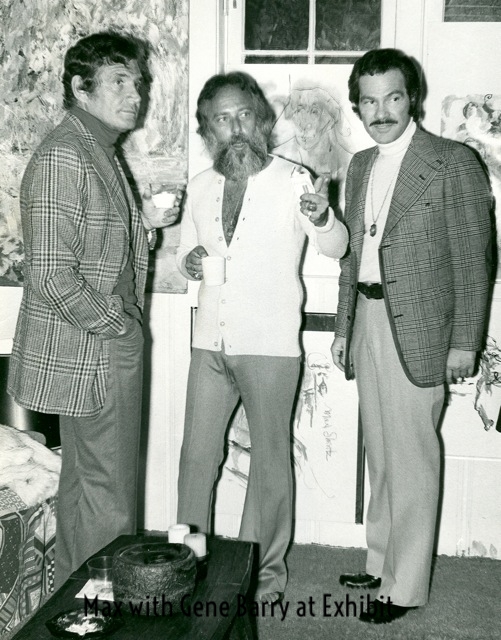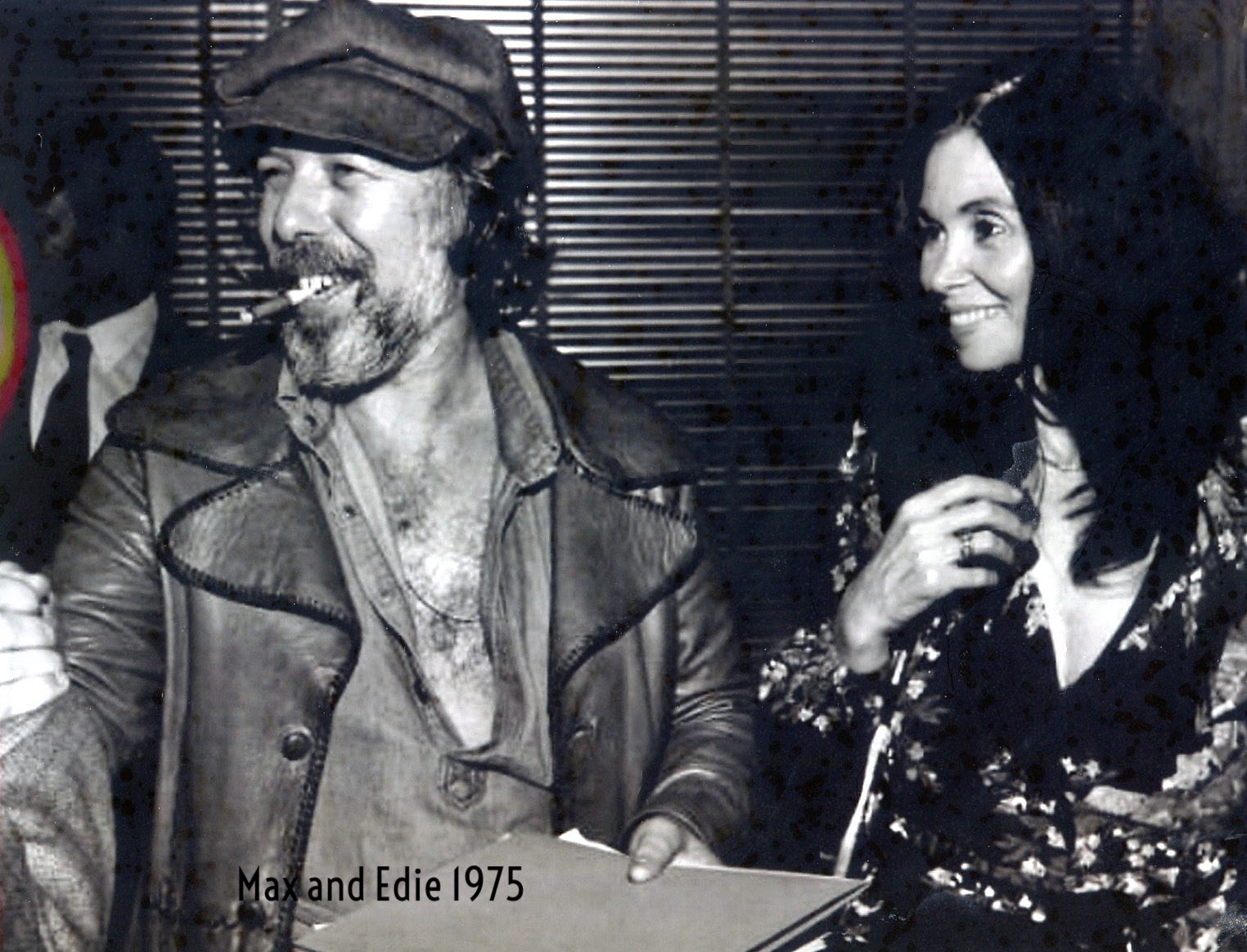The Artist (1933-2009)
The American Artist, Max Shertz, creator in multiple mediums, painter, sculptor, writer, poet and teacher, was called by art critics and collectors a figurative and/or abstract expressionist but it is to be noted that the artist distrusted the motives of those who tried to label the style of his work and felt very strongly that his work should and would speak for itself without the need for context or explanations.
The artist studied at the Arts Students League of New York in the early fifties. Very much influenced by Hans Hofmann, he also was much inspired by Andre Masson, the father of the expressionist movement, the German expressionists, Picasso, Klee, Matisse and many others, and the figurative work of Max Beckman.
At that early stage of his life as an artist, Max Shertz, while in New York and then in Los Angeles, befriended and/or worked with artists of his time to include Boris Deutsch, Phillip Guston, Lee Krasner, William de Kooning, Robert Rauschenberg, Richard Diebenkorn and Rafael Soyer.
As an emerging talent of the modern art scene the sixties and seventies
Art in America said of his work in 1972:
“I have followed this talent closely for a number of years, carefully appraising the obvious good taste, sincerity, elegance and distinction seen in the painted results. Improvisation enters strongly into his paintings with lyricism and line of color poetically aligned while a rhythmic movement throughout prevails. The paintings are invariably enhanced with color, luminosity and the sparkle of paint handling that is frequently startling and impressive. Viewed were oil and pastel on paper, a medium that seems to have been willed into the hands of its creator. Mr. Shertz bears constant watching lest we miss a superb young stylist whose destiny is secure in the hands of posterity.”
And The Herald Tribune wrote in 1973:
“In examining the art of Max Shertz it is important to mention the evident personal quality of his style. In general, painters strive for this characteristic in their work and many achieve it to varying degree. Yet the major portion of the art product is oft times too reminiscent of earlier greats. Not so here. Dynamic would describe his color harmony and on close scrutiny this style and touch are totally unique, if one is permitted to take liberty with the word. The result here seems to have a ‘newness’ and a privacy about it that refreshes.”
From the early 70’s to late 80’s, Max Shertz lived in New York, Los Angeles and San Francisco with his wife Edith, their four children and his Muse Christiane and their love child Jed. Eventually, Edith divorced Max and he married Christiane in 1990.
During that time, Max Shertz had successful galleries on both coasts, many private and public shows, as well as works represented in Museums.
In the early 80’s, at the height of his success,
The artist grew disenchanted with the art world and walked away from galleries, collectors and critics.
Max loved people, was a “people person” and people loved being around him, watching him create. He was a “raconteur”, a magnificent communicator, with his studio over the years filled with people who would not only watch him paint but converse with him day and night.
However, the artist, needing the solitude necessary to do his work, decided to be reclusive for the rest of his life. Max Shertz was not by nature reclusive but to be reclusive was a fundamental necessity for him to survive as an artist. There was not only the distraction of selling paintings but also the distraction of his “entourage”.
Max Shertz was a master colorist,
his work of all periods vibrant and electrifying. In its natural evolution, the artist’s work reached new dimensions in the early 90’s with his “Art of the Unconscious”, the process of which he translated in words in a series of essays titled “Frontiers of Ecstasy” – not yet published.
Max Shertz should not be compared to other artists or gauged by his financial success. The artist’s work should be viewed without judgment, comparison, attachment or revulsion of any kind but with an open heart and the desire and will to take a journey into this artist’s creations.






